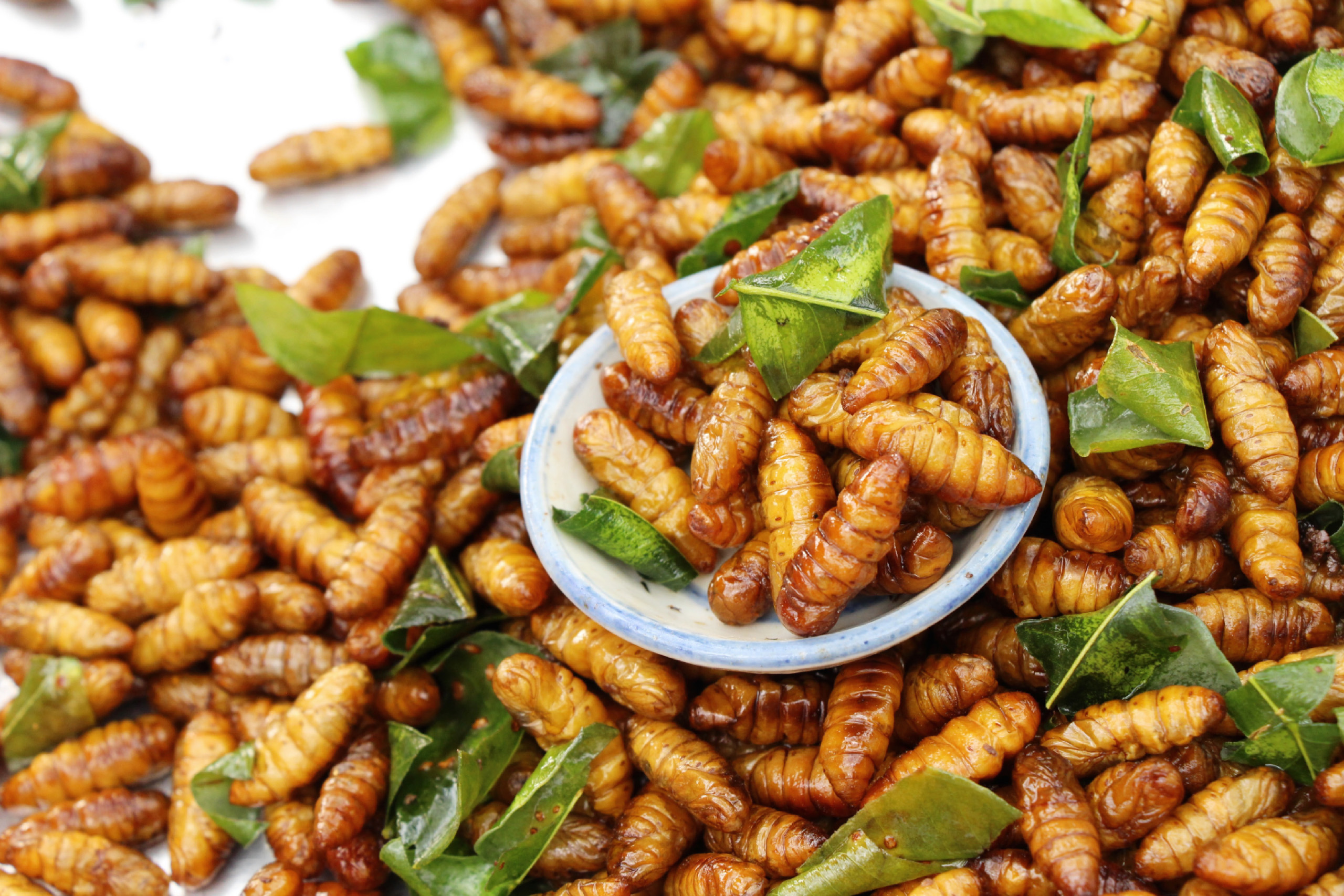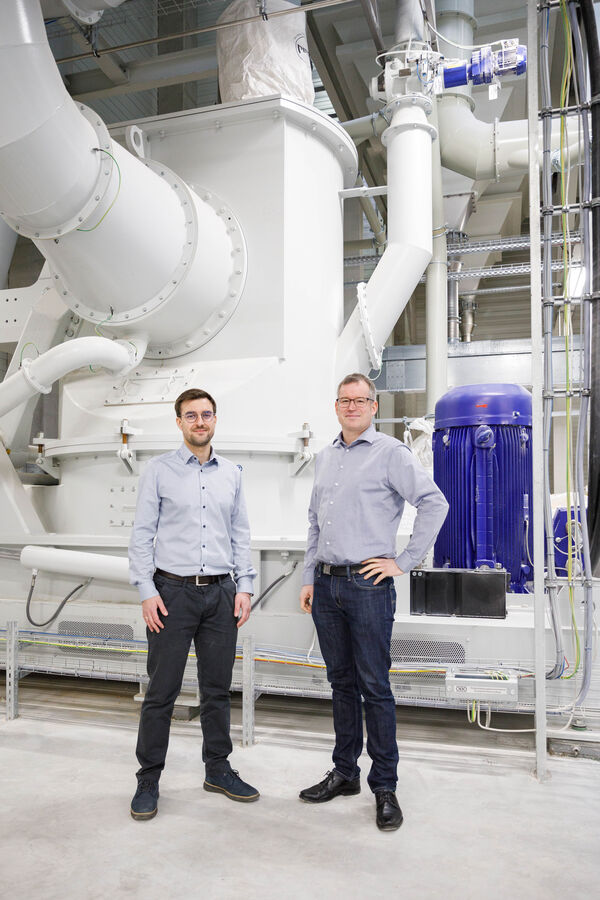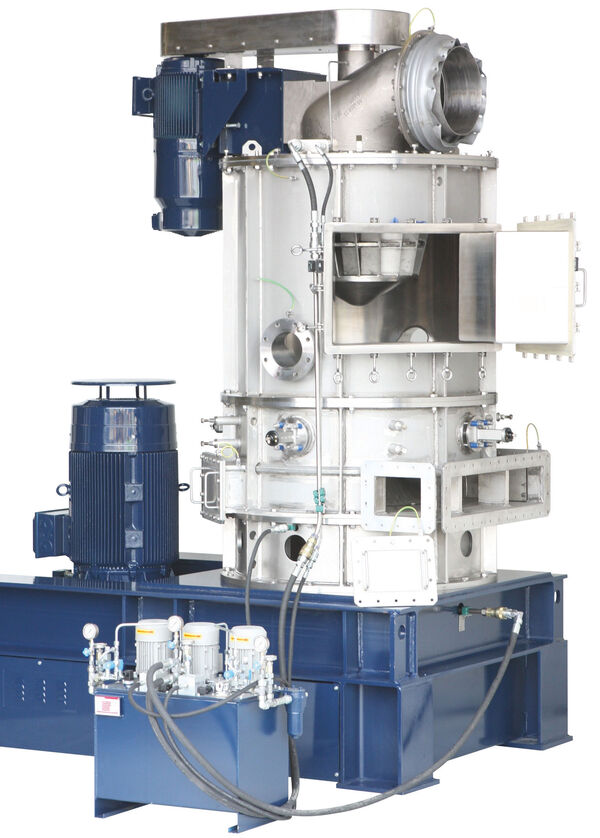As an alternative to animal protein, vegetable protein plays a central role. New possibilities for obtaining plant proteins are opening up from sources such as wheat, rye, oats, barley, soya, peas, lentils or other cereals and pulses. "Ultra-fine grinding and the subsequent sifting process produce special flours with a significantly higher protein content than the starting material," Langer emphasises. These special flours rich in protein and starch are then used as the basis for vegan burger patties, lupin cutlets and many other plant-based foods. Hosokawa Alpine offers two processes for the production of the special flours rich in protein and starch: the precision procedure and the standard procedure.
"Our speciality is the precision process, where the smaller protein particles and the larger starch particles are deagglomerated and then the finer protein particles and the coarser starch particles are fractionated," explains Langer. The dry fractionation of proteins consists of efficient fine grinding with the classifier mill Zirkoplex ZPS and high-performance classifying of the finely ground product with the classifier Turboplex ATP. This is how two products are ultimately created: a fine protein concentrate and a coarse starch concentrate. Hosokawa Alpine's standard dry fractionation process includes efficient fine grinding with the Contraplex CW II pin mill and high performance classifying of the finely ground product with the ATP air classifier. "For some products with a high content of fibre and/or oil, the Contraplex CW II mill is recommended to efficiently deagglomerate these ingredients," says Langer. In addition to extracting proteins from cereals or pulses, other valuable protein sources such as sunflower extraction meal, pseudocereals, guar gum, locust bean gum split and food by-products from brewing and oil extraction processes can also be processed. This not only enables the extraction of valuable proteins, but also the fractionation of other valuable ingredients such as dietary fibre.




Recommend article